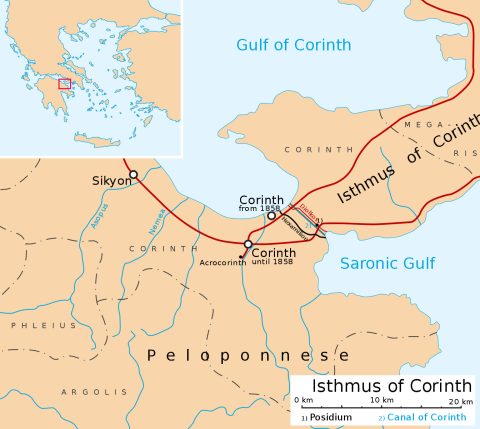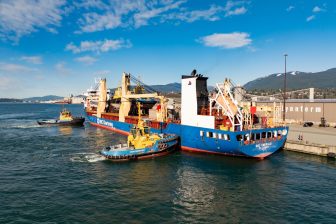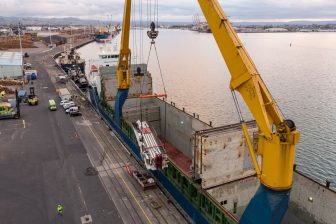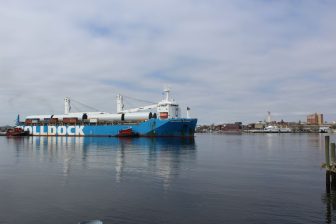
Corinth Canal reopened after 18 months
The Corinth Canal, which has been closed since February 2021, has now reopened to marine traffic. The narrow canal was impossible to navigate following a landslide that occurred on January 15th, 2021. The managing company AEDIK has since worked with various experts to reinforce the canal walls and restore operations.
This man-made Greek waterway connects the Gulf of Corinth in the Ionian Sea with the Saronic Gulf in the Aegean Sea. The canal is a straight line measuring 6,346 metres in length, with a depth of between 7.5 and 8 metres. Its width is 24.6 metres at sea level and 21.3 metres at its bottom. It has no locks.
It is a convenient shortsea route for vessels coming from the Ionian, Adriatic, and Southern Italian ports, as it cuts through the narrow Isthmus of Corinth. It also shortens the journey for vessels sailing through the Strait of Messina and heading towards the Eastern Mediterranean or the Black Sea.

The canal, however, is not without its own share of issues. In addition to being a very narrow passage, unsuited for most modern cargo ships, the canal walls are very unstable and prone to landslides. This has led to many closures throughout the years, since the canal’s first use in 1893. Today, 15,000 ships of at least 50 nationalities use the canal each year. Over half of passage is tourism related, rather than shipping related.
You just read one of our premium articles free of charge
Register now to keep reading premium articles.




